Quilting in Canada: A Long and Impressive History
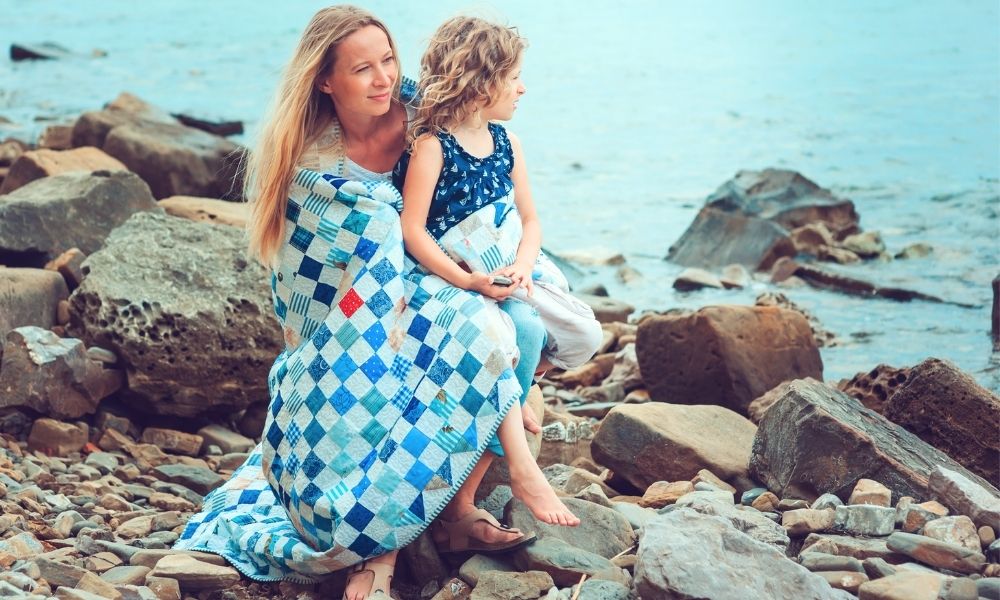
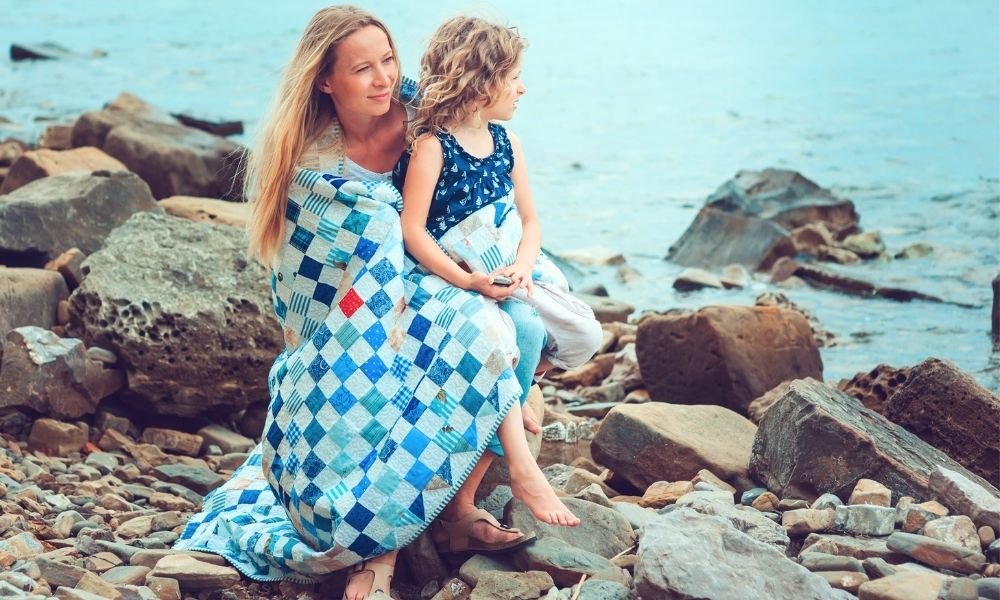
Practical forms of art such as quilting have played important roles in the development of many countries across the world. Canada is no exception. While the native people living in what is now Canada had their own textile practices, European settlers brought the practice of quilting with them in the early 1600s. Quilting in Canada has continued to progress since then, spanning a long and impressive history that you can read about below.
Early Quilting: 1600s–1700s
European settlers first came into the land that is now Canada in the early 1600s, following successful settlements in southern parts of North America, which is now the United States. They brought many traditional European practices with them, including quilting. Quilting was popular in Europe long before the French settlers brought the practice with them to Canada. European quilting originated in the 1200s after Europeans learned the practice from people in North Africa and Asia.
The four hundred years of quilting practice in mainland Europe ensured that most of the French settlers in Canada knew how to quilt for decoration and practical use. However, since all quilting supplies had to come from Europe, most settlers only quilted for utilitarian purposes. Many women brought their initial quilting supplies in their trunks when they moved to Canada to join fiancés, husbands, or other family members who had come to settle the area. They had to wait for additional quilting shipments after this initial treasure trove ran out.
Quilting continued in this way into the 1700s. Canadian settlers planted flax to make linen thread and fabric, which helped with supply chain issues and made quilting easier. They also began raising sheep for wool, which had many applications, including in quilts. However, it takes over a year for a flax plant to mature and for sheep to grow enough fur for shearing, so settlers were still largely dependent on European shipments.
If someone couldn’t wait for a quilting shipment, then they used other supplies they had access to. Many settler women repurposed scrap fabric from other projects to use in their quilts. This made patchwork quilting both easy and popular.
At the end of the 1700s, the Loyalists immigrated to Canada, bringing a strong quilting tradition with them. They helped popularize quilting bees, which were social gatherings where women convened to sew quilts.
Transitional Quilting: 1800s–Early 1900s
Quilting continued to be a popular necessity into the 1800s. During this time, Canada was able to import supplies from both the US and Europe, making quilting more convenient. They also developed their own textile industry, so quilters could get the fabric they needed. The invention of the sewing machine also made life easier for Canadian quilters. This enabled quilters to make the utilitarian quilts they needed as well as decorative quilts for display purposes.
However, quilting began to fade in the early 1900s, as quilting was no longer necessary for survival, and women began to work more outside of the home. Clothing and other textile items were available for purchase instead. Women in rural areas who could not access or afford these store-bought items continued the quilting tradition. Quilting bees remained popular social events as well, especially to make signature quilts.
Signature quilts featured the signed, stamped, or embroidered signatures of those who helped make them and were often gifts, especially for someone moving far away. Canada was still expanding in the early 1900s, so settlers and their families often moved far from their original homes. A signature quilt was a memento of the loved ones they were leaving behind.
Women also sewed signature quilts for fundraising during World War I. They used the money from their quilt sales to buy war bonds. War bonds were debt instruments the government issued. Proceeds from selling war bonds allowed the government to quickly fund military campaigns. Quilters also sewed more utilitarian quilts and sent them to Europe to help refugees. After World War I was over, quilting became less popular again.
Modern Quilting: Mid-1900s–Now
Quilting began to fall out of practice for about 20 years following World War I. It was no longer a necessary part of a woman’s everyday life, and it was much easier to purchase textiles than to make them. Women continued to join the workforce, especially after the loss of life from the war, which meant they had less time for creative activities such as quilting.
However, when the Great Depression struck in the 1930s, sewing and quilting became necessary again. Fabric was once again scarce, although not quite as scarce as the Canadian settlers experienced. Quilters could find free patterns in their local newspapers, which helped them make new designs with their scrap or old fabric.
World War II helped restore the economy, and quilting continued as a popular wartime practice, much as it did during World War I. Once again, people used decorative quilts for fundraising and sewed utilitarian quilts for the survivors in Europe.
Still, many women had to work outside the home during World War II and continued to do so after the war. This, and the lack of fundraising necessity, meant that the popularity of quilting declined again. Textiles were still available for purchase, which was easier and sometimes cheaper than making a quilt—especially a utilitarian one.
Most people still considered decorative quilts an art form, though, and fairs began to display them as arts and crafts. Folk artists incorporated quilts and quilting into their art as well, and quilting soon became a way to express Canadian identity and pride. Art galleries began displaying quilts, and cities and local areas held quilting competitions. Hand quilting was the favorite of these competitions, although some people still used machines.
Many women-founded institutions and other people made quilts for the centennial celebration of Canada’s hundredth birthday in 1967. After that and into the 1970s, many museums displayed quilts simply as art, not just folk art. This made antique collectors realize the value of quilts. The oldest Canadian quilt we currently have is from 1775.
Plus, different social movements in the 1970s, such as feminism and eco-friendliness, championed quilting. Women were encouraged to reclaim this female-dominated art form, and eco-conscious people were encouraged to sew quilts as a way to use scrap material and prevent textile waste. Improved quilting technology—such as synthetic thread, the rotary cutter, and long-arm quilting machines—came out in the ’70s and ’80s, making quilting efforts easier.
In the last 30 years, quilting technology has continued to change and keep quilting popular. Now, you can easily buy fabric from online stores, download patterns, and hold virtual quilting bees.
The long and impressive history of quilting in Canada continues to inspire many quilters. If you want to take part in this history as we progress toward the future, Lindley General Store can help. We have quilting kits for beginners that will help you learn this practical art form and contribute to the ever-evolving state of quilting in Canada.
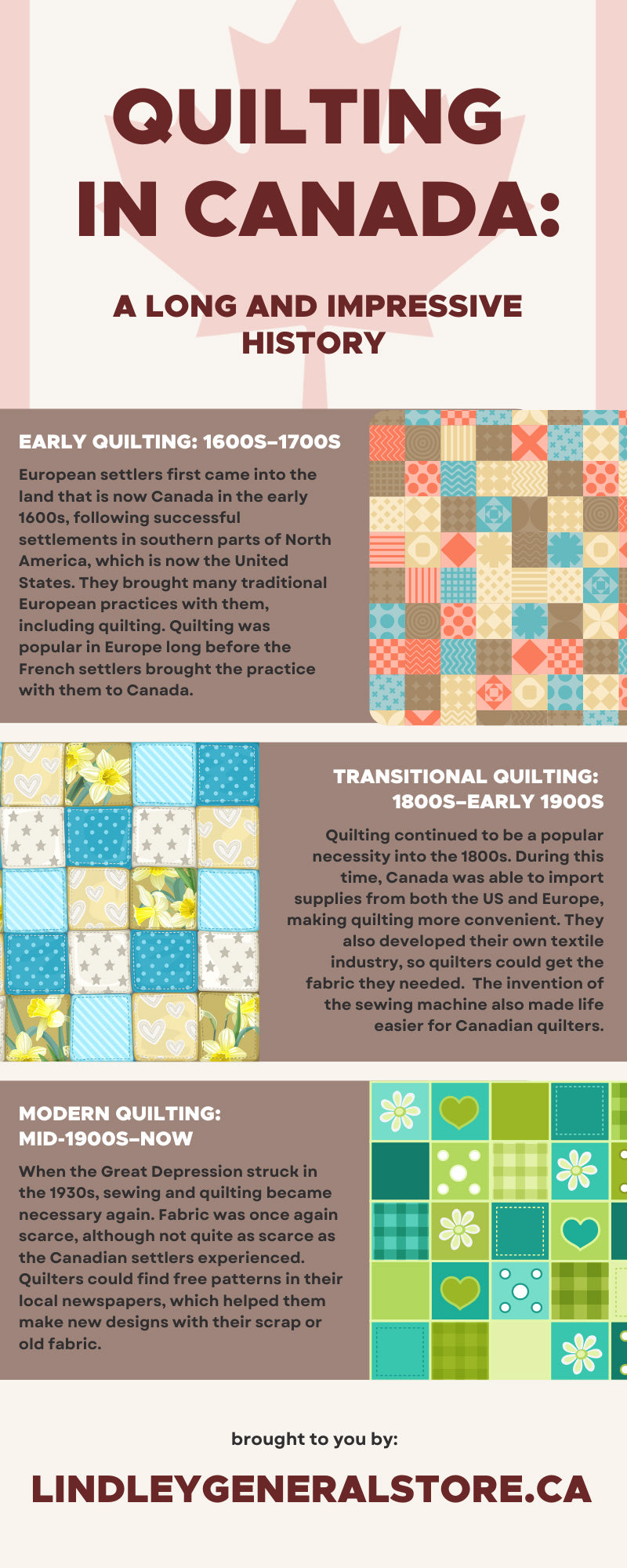

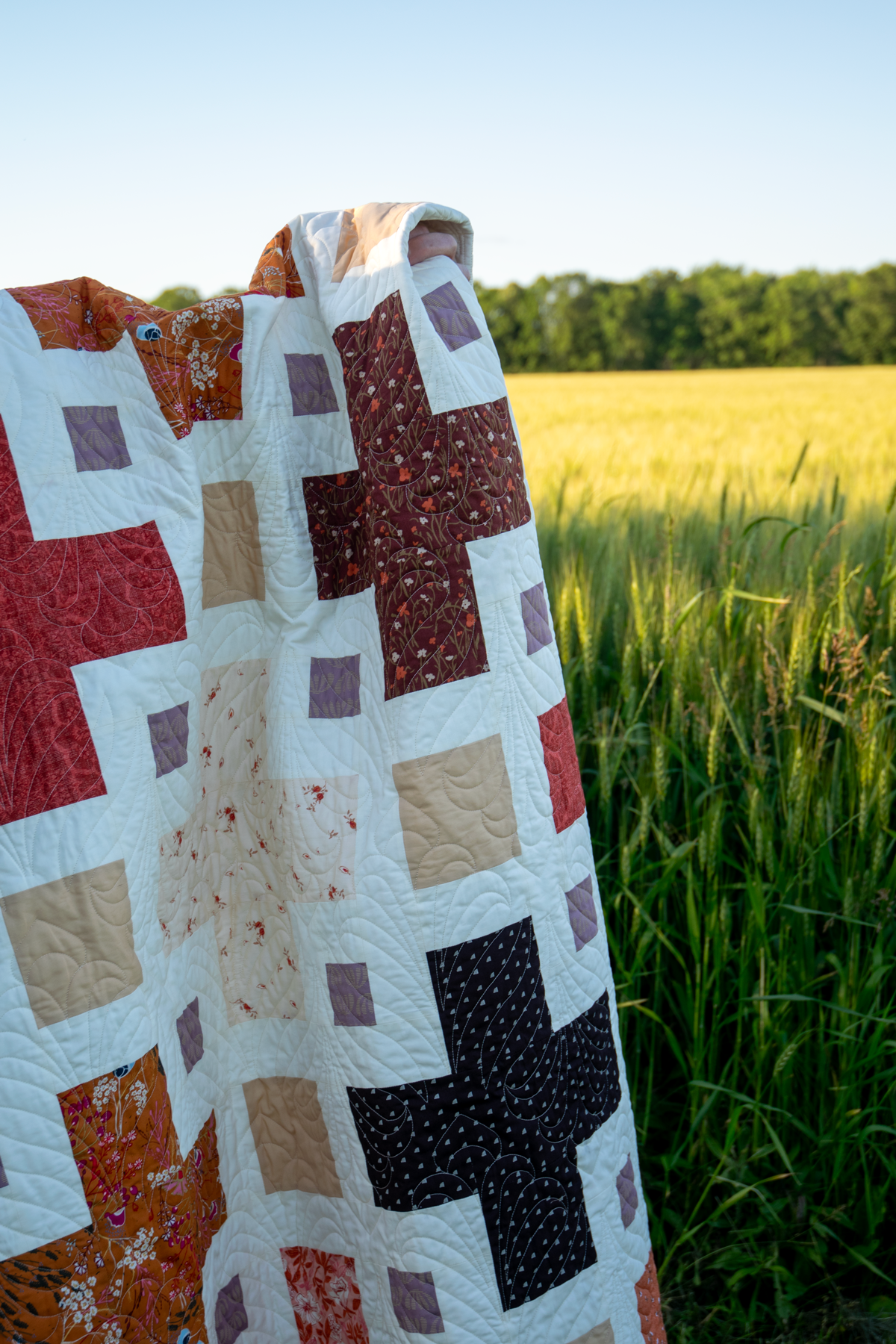

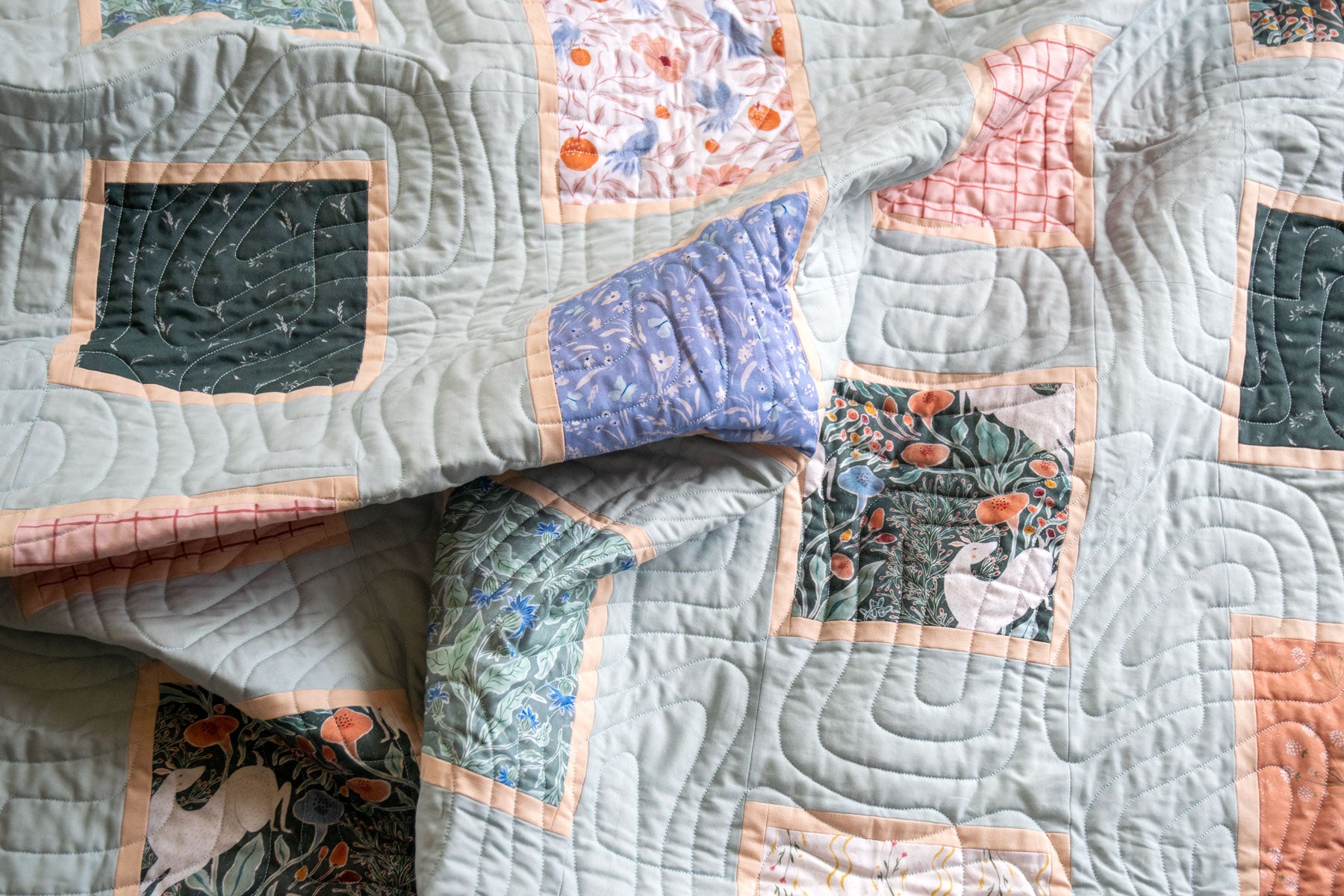
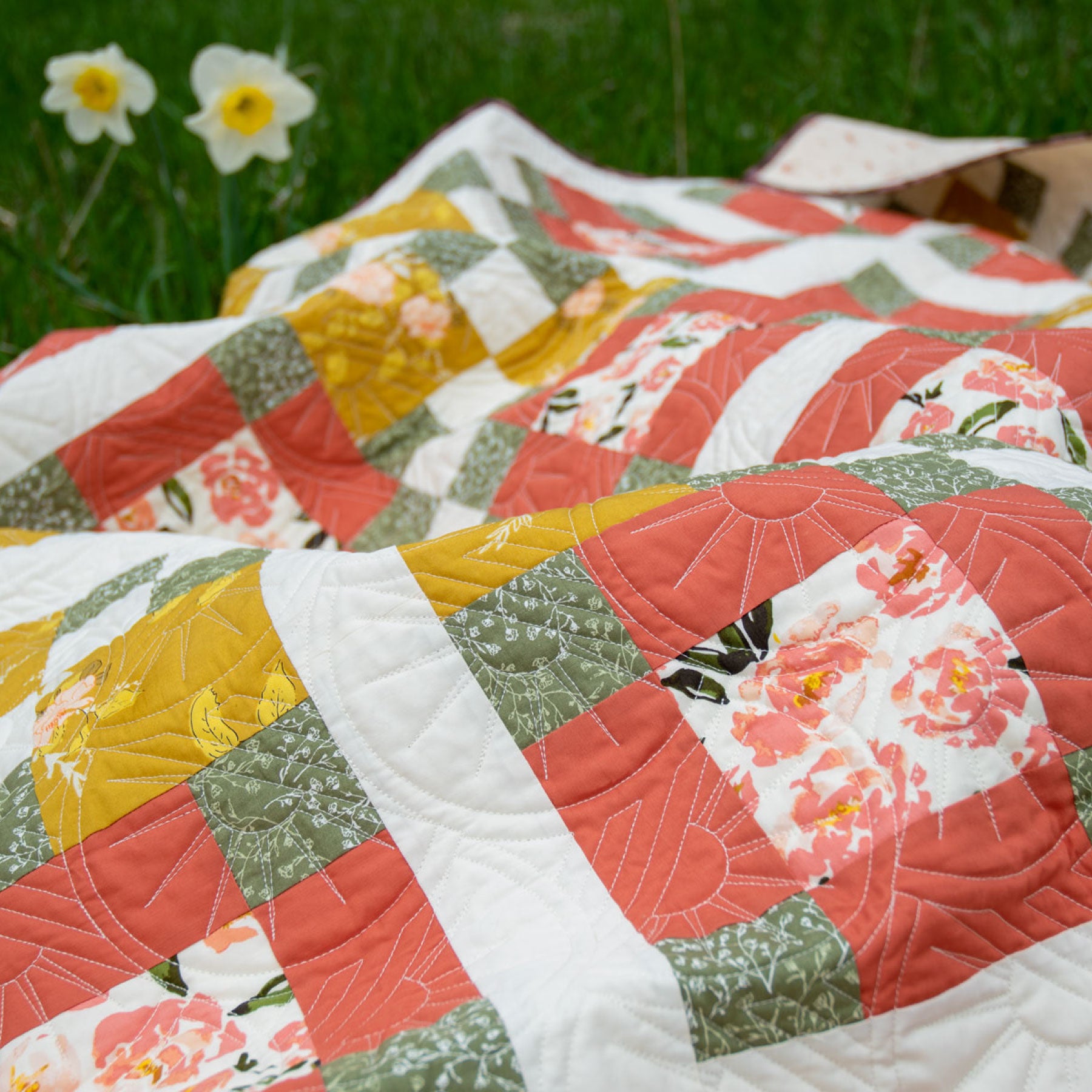

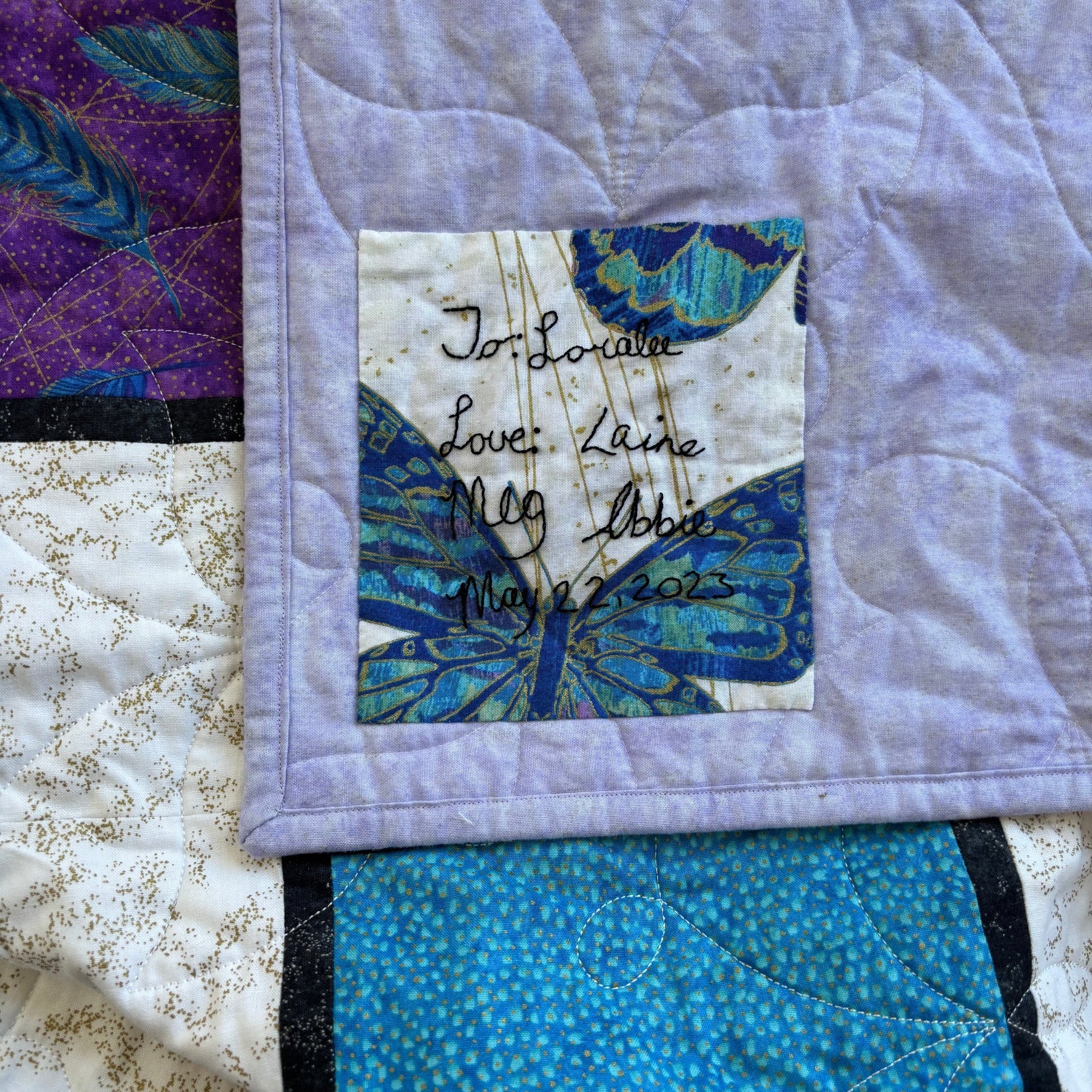
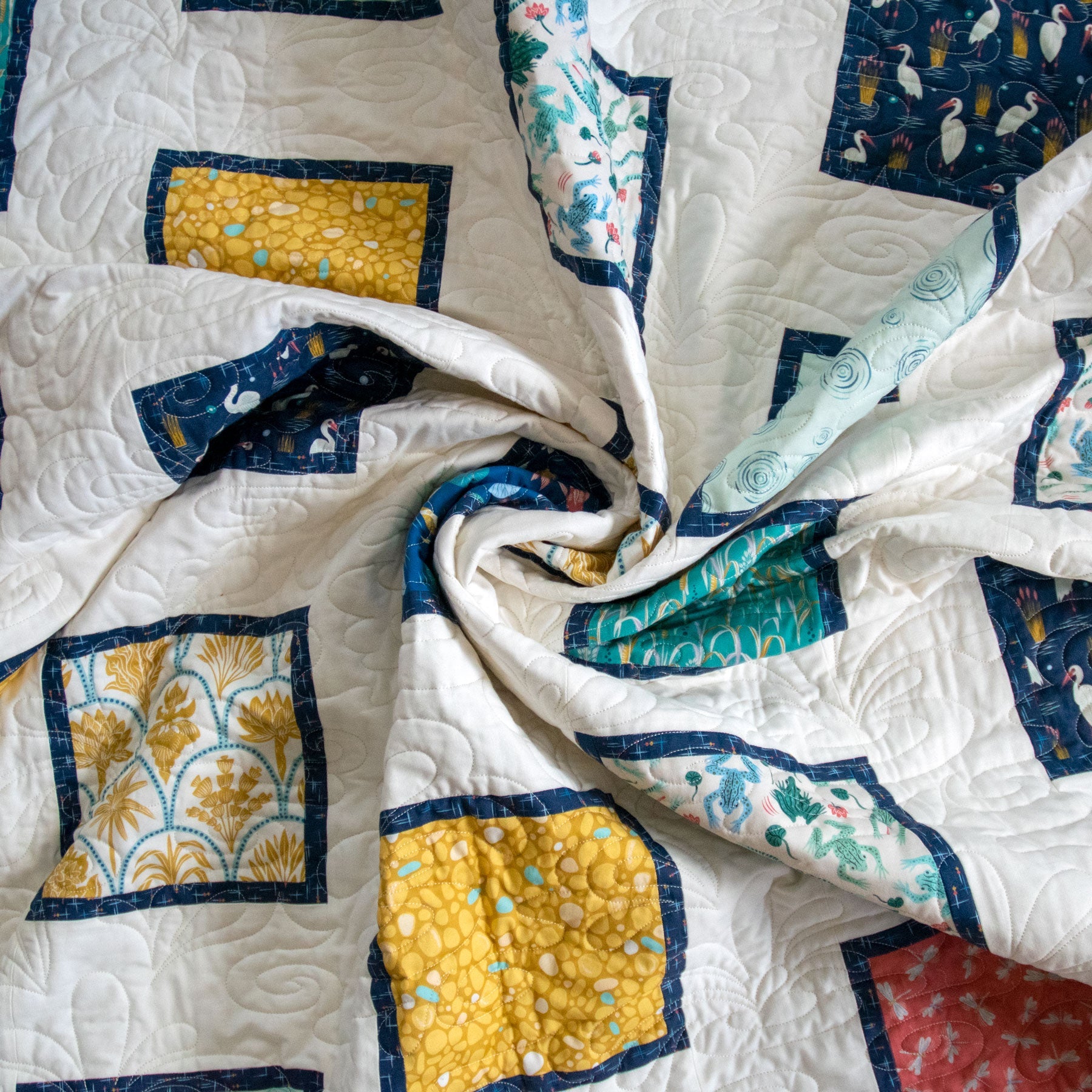
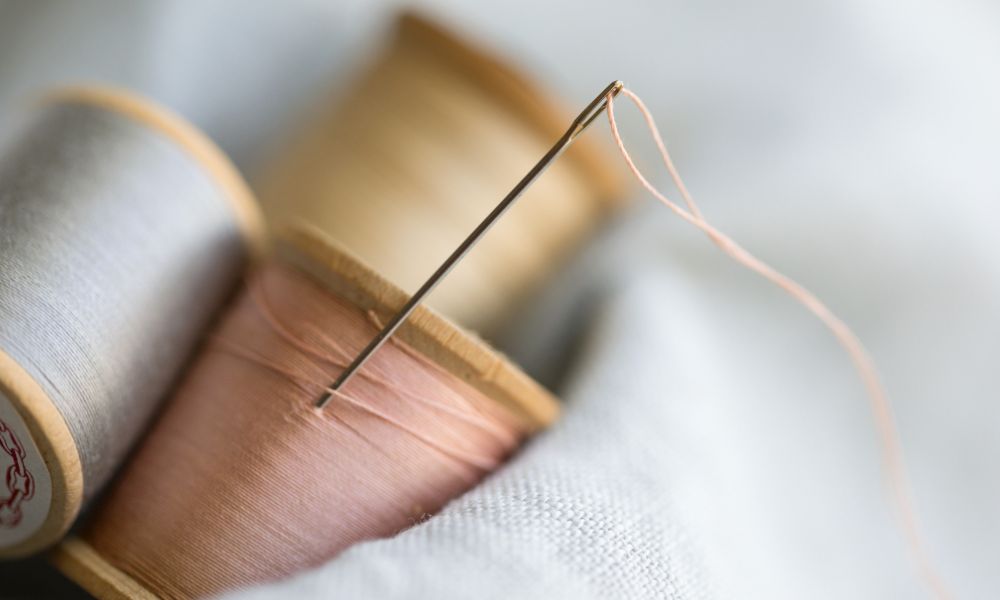
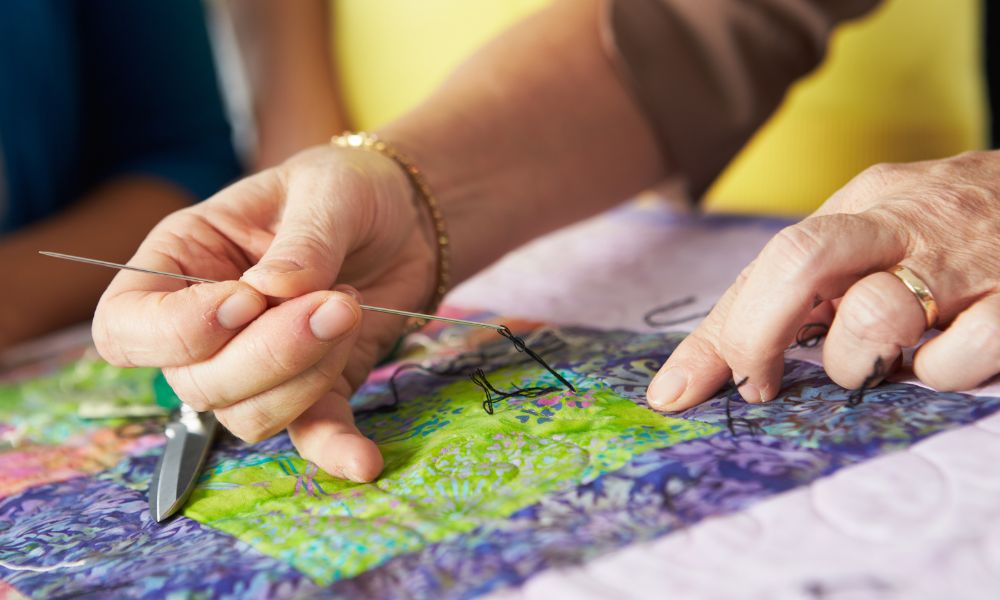
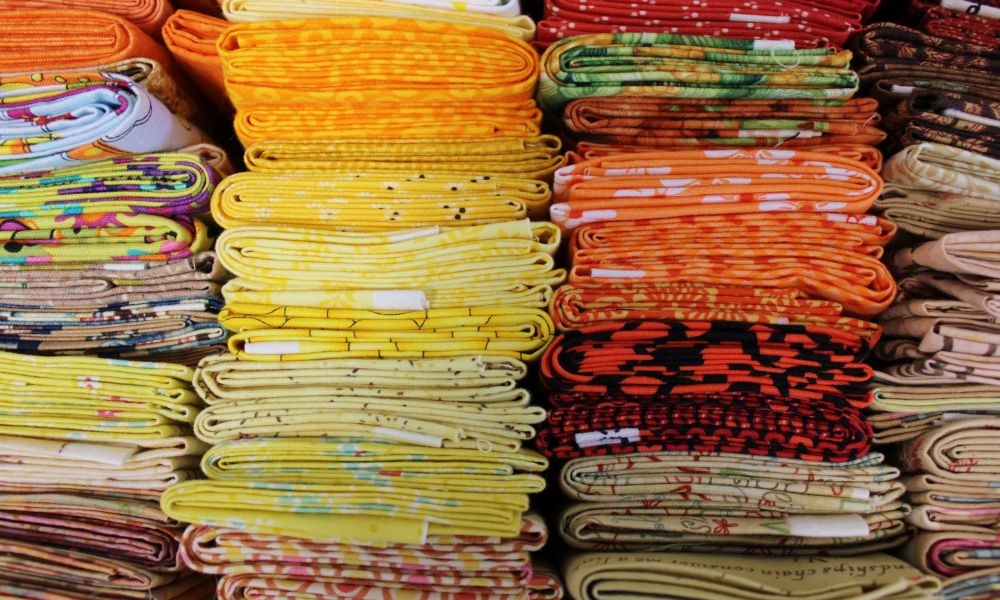
Comments